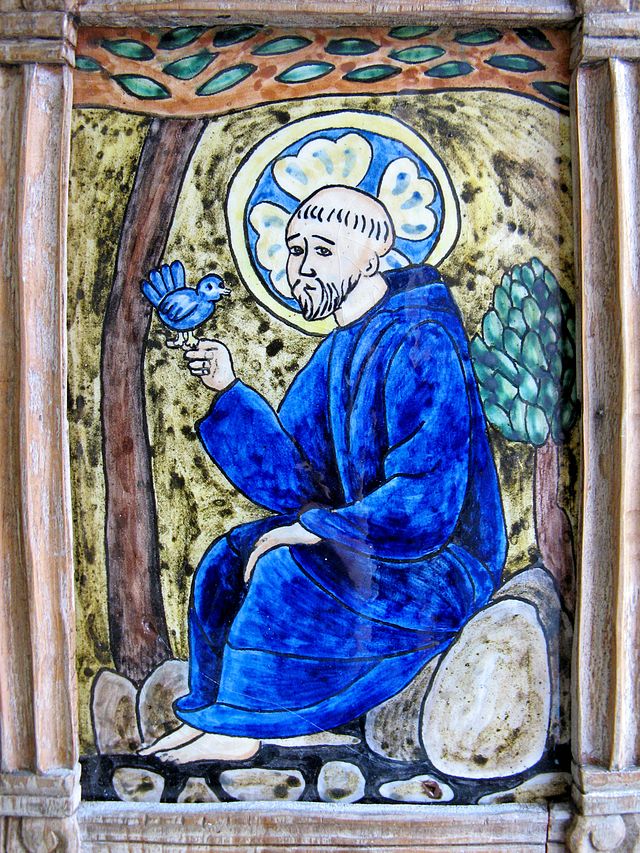
(c) Randy OHC Creative Commons 2.0
Today’s hymn from Sing Praise is “Loved with everlasting love” by George Wade Robinson. Unlike nearly all the other hymns in this book, it was not written in the 20th or 21st centuries but the 19th. The suggested tune, Calon Lan, is a Welsh one, and has the same rhythm as “Here is love, vast as the ocean” (17 March). Robinson, according to his Wikipedia entry, was an Irish Protestant minister (who later led English congregations).
The theme this time is belonging to Jesus; the last line of each verse is “I am his, and he is mine”. There are three verses here (a version I found online has a fourth verse, omitted here, perhaps because of the overly sentimental wording such as “Pillowed on the loving breast”). The first of them celebrates the peace of knowing ourselves loved by God, and the last is in similar vein: “with what joy and peace Christ can fill the loving heart!”
The second verse tries to explain in words one of those things that by definition are beyond words: the way the world seems different in God’s presence. I recognise what he is trying to express with lines such as “Heaven above is softer blue, earth around is richer green … songs of birds in sweetness grow, flowers with deeper beauties shine”. I have experienced that – not all the time, but at times when God’s presence has been real to me. It’s a reminder that often, the opposite can be true: the cares of the world and business of life cause us to neglect both a relationship with God, and the beauty of his creation.
There is, of course, always a danger in such sentiments of conflating God with nature, which has always been considered a heresy in Christian thought, since God by definition is much greater than anything s/he has created. But to ignore the natural world or to exploit it for our own purposes is perhaps the greater heresy of recent generations, and one of which the environmental movement persuades us, more forcefully than most Christian leaders, to repent. Where Christian faith and environmental concern meet is indeed where we experience the truth that “I am his, and he is mine”, being part of One who is greater than the created world, and that what God loves, we shall love too.
I already knew this hymn, as it is in Mission Praise and we have used it a few times at St Luke’s. It is largely a piece of Victorian sentimentalism, I guess, but moderately effective for all that.
It conjures up in me the same mix of feelings as the much more recent “Father God, I wonder how I managed to exist without the knowledge of your parenthood and your loving care?” Because, on the one hand, faith does throw the beauties of nature into sharper relief … but on the other hand, unbelievers still do perceive the world’s beauty. Despite the hymn’s assertion, the sky is exactly as blue, and the grass exactly as green, as it was before the beholder’s conversion. But, on the other hand, beauty is in the eye of the beholder.
The version of the words in Mission Praise is, I guess, the original; but the editors of Sing Praise have indulged in some mending – as most hymn book editors do, and as Hymns Ancient & Modern has been doing for a long time. And I can see the point.